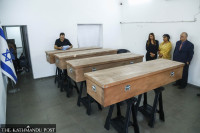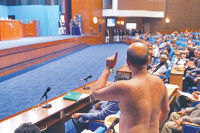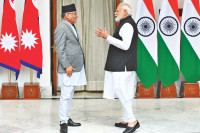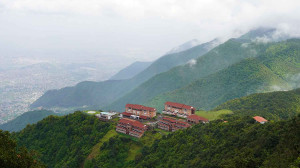Money
Yearender 2022: Nepal’s economy busted by Covid, war and inflation
From fuel to food and transportation to entertainment, everything became dearer for Nepalis.
Krishana Prasain
The year 2022 saw Nepal’s economy take a battering with inflation going through the roof affecting the lives of the general public. Rising prices of consumer goods had an adverse impact on low-income households that function mostly on a hand-to-mouth basis.
The Covid pandemic, followed by the Russia-Ukraine war and inflation triggered an economic slowdown globally and Nepal was not an exception.
From fuel to food and transportation to entertainment, everything became dearer for Nepalis. A major chunk of the population who are wage earners were hit hardest by ever-rising inflation and stagnant wages.
According to economists, inflation remained moderately high in Nepal throughout 2022. “But there are lesser chances of inflation crossing the double-digit mark in the coming year,” said Prakash Kumar Shrestha, chief of the economic research department at Nepal Rastra Bank, the country’s central bank.
Shrestha attributes rising fuel prices, the Russia-Ukraine war and the appreciation of the US dollar to the rise in inflation. Although fuel prices have started to fall to some extent, the US dollar has been appreciating against Nepali currency, which is pegged with Indian currency.
The Nepali rupee started to plunge against the dollar in June. It reached an all-time high of Rs132.88 per dollar on December 24.
Being an import-based economy, the appreciation of the dollar means a higher cost of imports, fuelling inflation further.
“Everything is so costly right now,” Prakash Rajbahak, 47, who works for a private company, told the Post in a recent interview. He and his wife have a cumulative income of Rs 50,000 per month which is barely enough for the family of five to live on.
Nepal witnessed the highest annual inflation at 21.05 percent in 1991-92 due to the steep price rise of the staple food imported from India and a shortfall in the production of food grains in the country. The steep increase in food prices was induced by the devaluation of the Nepali rupee vis-à-vis the US dollar and other convertible currencies by 20.9 percent in 1991.
The highest annual inflation, after 1991-92, has been recorded at 12.63 percent in 2008-09.
This was mainly attributed to hikes in fuel and food prices after Nepal started to experience long hours of load-shedding, immediately after the end of the decade-long Maoist insurgency.
Inflation began a gradual climb again in 2020 when the Covid-19 pandemic hit Nepali shores at the beginning of the year. Several countries reeling under a growing Covid caseload started imposing lockdowns. Nepal soon followed suit and the country went into a nationwide lockdown in March 2020 in effect shutting down all economic activities.
In terms of demand for goods and services, the pandemic and the ensuing lockdowns did not see much activity. But when the lockdowns were gradually lifted or only partially imposed, the demand went on an overdrive causing a disruption in the supply chain.
The labour market suffered from a shortage of labour in all sectors caused by mass layoffs during the Covid period. This led to an increase in the cost of production which shot up food prices.
Then in February 2022, Russia waged a war against Ukraine. These two countries were key fuel and food-producing countries. As a result, every commodity price went through the roof.
Inflation in Nepal in October 2021 was at 4.24 percent. By December of the same year, it had climbed to 7.11 percent. The upward trend in inflation continued into the new year with inflation peaking at 8.64 percent in September 2022, the 74-month high.
Though the inflation remained in the single digit according to the Nepal Rastra Bank’s report, economists say the percentage is underreported.
“The year 2023 is going to be tough and challenging in terms of inflation,” said Govinda Nepal, an economist. Supply constraints will continue as the effect of the war. I think inflation will remain high and then drop to 4 percent later in 2023.”
According to economists, the increase in the central bank’s policy interest rate may fuel inflation further.
The central bank opted to hold its benchmark interest rates at 8.5 percent in November, from 7 percent in July. In private commercial banks, interest in deposits has reached 15 percent. This led to an increase in lending rates by over 20 percent in the banks in loans, prompting traders and businesses to protest against the government across the country.
The repercussions of the higher inflation were visible in Nepal’s economy as the import bill jumped to Rs1.92 trillion in the last fiscal year that ended mid-July 2022, up by 24.7 percent in the same period in the previous fiscal year.
The ballooning imports started to drain the country’s foreign exchange reserves.
As a crisis mitigating measure, following the policymaker’s criticism that Nepal was headed in Sri Lanka’s footsteps to bankruptcy, the central bank took many measures to stop the depletion of the foreign currency reserve.
In December last year, the Nepal Rastra Bank, in a bid to discourage imports imposed a mandatory provision to keep a 100 percent margin to open a letter of credit (LC). That means, if you buy goods worth Rs100, you have to deposit another Rs100 to open the LC.
However, even this policy did not work.
Again on April 26 this year, the central bank took drastic measures, in a bid to conserve declining foreign exchange reserves to restrict 10 goods which it categorised as luxury items.
The consumer rights activists said that the decision to discourage the import became a bonanza for opportunist traders to create artificial shortages and raise prices disrupting the supply chain.
The ban’s repercussions were also seen in the country’s revenue. In the first three months of the current fiscal year, the revenue collection stood at Rs208 billion, short by 17 percent.
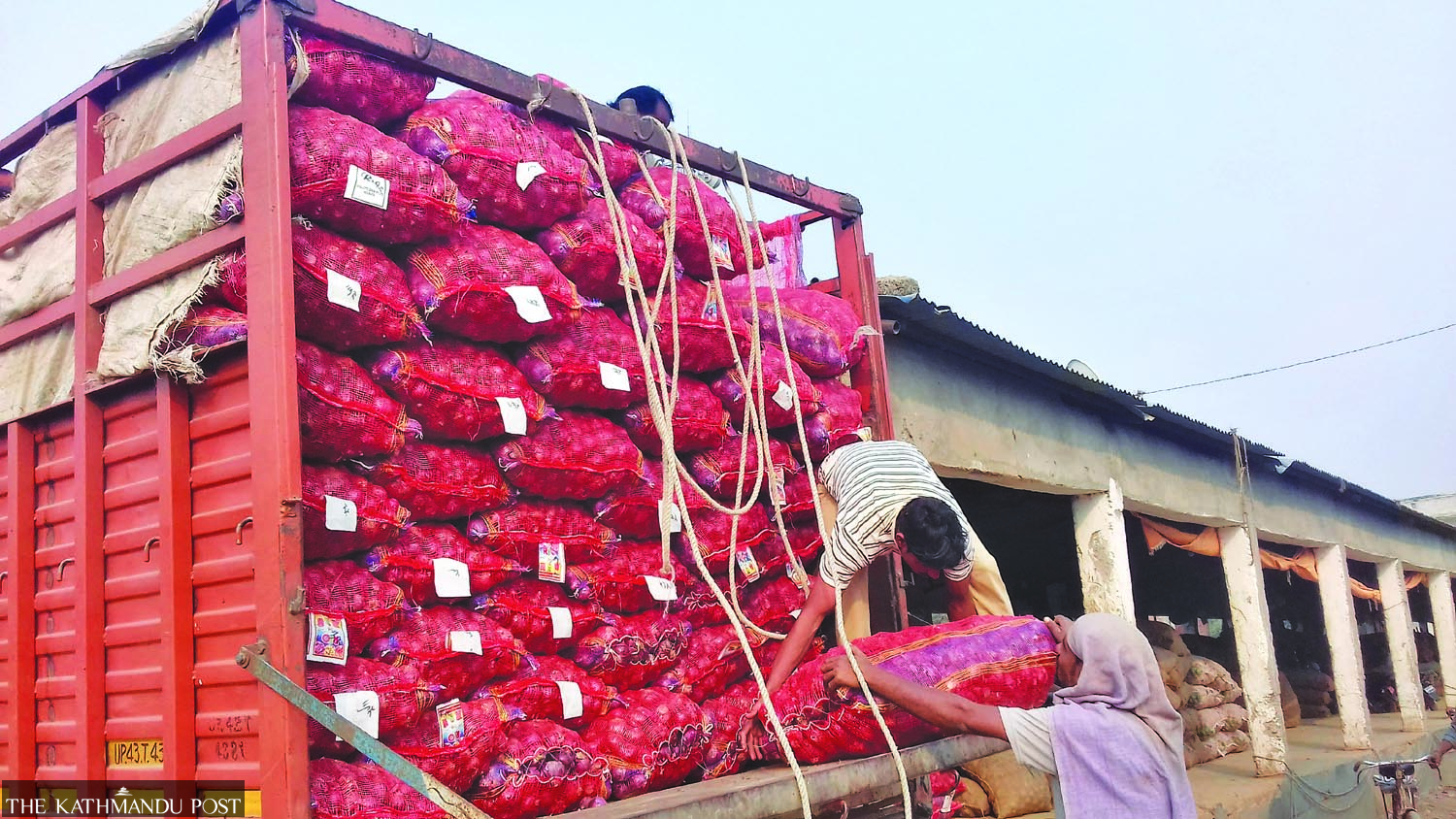
Nepal held two elections in 2022—the local election on May 13 and the general election on November 20.
The campaign spending too put inflationary pressure.
Bishnu Prasad Timilsina, general secretary of the Forum for Protection of Consumer Rights-Nepal, said the two elections held in 2022 contributed majorly to inflationary pressure.
Traders decide the prices of goods on their own leading to a hike in prices by more than 300 percent, he said.
“With the government focussed more towards the election, it failed to provide relief to the people,” said Timilsina. “I think the economic strain on the general public will continue because I do not think the new government will be able to address the inflation issues.”
Rights activists say that the government is influenced by the traders and businessmen who contributed to their election campaigns thereby prioritising their demands over the needs of the public.
The government even failed to reduce the price of petroleum products despite the reduction in the international markets.
Since oil price affects the prices of other goods and services, it put further strain on families who were already running their households on a shoestring budget, Timilsina said.
The transportation fare also rose sharply in 2022.
The consumer price inflation of food and beverage remained at 7.38 percent in mid-November compared to 5.44 percent a year ago. The inflation on cereal grains and their products increased to 9.19 percent in mid-November compared to 2.08 percent a year ago.
The inflation on milk products and eggs increased to 9.33 percent compared to 3.11 percent during the review period while the price of spices increased to 5.39 percent compared to 1.53 percent a year ago.
Inflation in the restaurant and hotel sector increased to 15.97 percent compared to 5.20 percent a year ago.
Cooking oil prices remained high throughout the year due to the Russia-Ukraine war’s impact on the supply of crude oil for processing.
Despite fluctuations in international oil prices, Nepal Oil Corporation (NOC) said it still has a debt and therefore could not immediately reduce the prices. The corporation has a total of Rs19 billion in dues to be paid to the Indian Oil Corporation.
According to NOC, the price of petrol rose by 30.88 percent to Rs178 per litre within a year, while diesel and kerosene prices by 47 percent and liquefied petroleum gas (LPG) by 14 percent to Rs1,800 per cylinder.
The price of aviation fuel sold to domestic airlines increased by 88.11 percent to Rs190 per litre while for international airlines it increased by 83.79 percent to Rs1,645 per litre.
Nepalis were even introduced to ‘shrinkflation’ in 2022. In economics, shrinkflation is known as downsizing the package to reduce the quantity without changing the price of the product.
With the rise in input cost mainly due to hiked raw material prices and transportation costs, from restaurants to manufacturers of packaged foods, reduced the quantity despite hiking the prices. Economists say this is a business strategy. If the price is hiked, customers will notice and complain, but they normally won't complain about the weight. This will keep the business running and customers flowing. Shrinkflation cheated Nepali consumers of their value for money which contributed more to their shrinking household budgets in 2022.




 17.49°C Kathmandu
17.49°C Kathmandu
